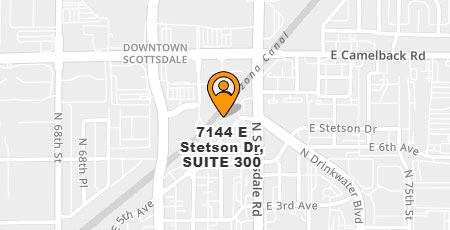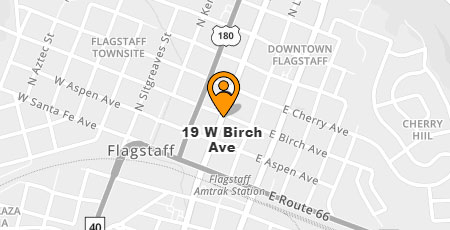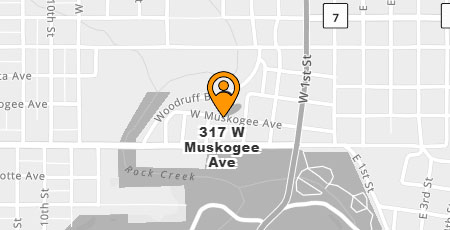
Dan Gauthier
By Dan Gauthier, who is a Transactional Attorney at Rose Law Group working on a lot of opportunity zone projects. The following does not represent legal advice.
The Treasury Department on Friday issued proposed regulations and guidance for investing in opportunity zones. The opportunity zone program was enacted as part of the 2017 Tax Cuts and Jobs Act and is intended to spur investment in low-income urban and rural areas across the country by offering investors significant tax incentives. The program allows for the investment of unrealized capital gains in a Qualified Opportunity Fund (QOF) which then invests those funds into opportunity zone property or businesses.
The proposed regulations and guidance released Friday answer many of the questions left unanswered by the text of the program. The proposed regulations and guidance are not the final rules investors were hoping for, but serve as a significant step forward for interested parties. According to a Treasury Department press release: “The proposed regulations should provide investors and fund sponsors the information they need to confidently enter into new business arrangements in designated Opportunity Zones.” Treasury plans to release more guidance before the end of the year. No timeline was set for the release of final rules, but public comments are still being accepted ahead of a public hearing scheduled for January 10, 2019.
The proposed regulations clarify what gains are eligible for the tax incentives through the program, what types of investors are eligible to participate in the program, the types of eligible investments in a QOF, and answer various other looming questions.
The proposed regulations also offer favorable treatment to real estate investors and developers. Prior to Friday’s guidance, such investors were concerned about the program’s requirement that capital gains must be invested or reinvested within six months after contribution or prior sale. The Treasury Department responded to these concerns by creating a “working capital safe harbor,” wherein businesses now have an additional 30 months to hold that working capital, as long as businesses have plans for a qualifying project in an opportunity zone.
In another nod to real estate investors, the Treasury Department further defined a rule that required a QOF to substantially improved property (unless the original use of the property commenced with the QOF). Substantial improvement occurs if, during the 30-month period after the date of acquisition of the property, additions to the tax basis of the property in the hands of the QOF exceed the tax basis of the property at the beginning of the 30-month period. The proposed regulations loosened the grip of the substantial improvement requirement by excluding the tax basis of the land from the amount that needs to be doubled during such 30-month period.
A QOF must hold 90 percent of its assets in qualified opportunity zone property. One way for a QOF to meet this threshold is by investing in a qualified opportunity zone business. Under the statute, substantially all of such business’s property must be qualified opportunity zone property for the business to qualify under the law. The proposed regulations define the term substantially all to mean that a business qualifies under the program when at least 70 percent of its owned or leased tangible property is qualified opportunity zone property, as defined in the statute.
Finally, the Treasury Department and the IRS released Form 8996, the form investment vehicles will use to self-certify as QOFs.
Dan Gauthier can be reached at Dgauthier@roselawgroup.com.





